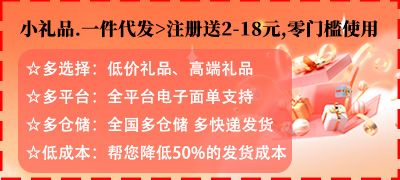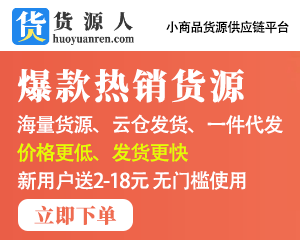请问在Vue面试题中,Vue组件间通信有哪些方式?
请问在Vue面试题中,Vue组件间通信有哪些方式?

Vue组件间通信方式
在Vue.js框架中,组件间的通信是实现复杂用户界面的关键。Vue提供了多种方法来实现组件间的通信,这些方法不仅包括传统的数据绑定,还涵盖了事件总线、服务、计算属性等高级概念。下面将详细介绍Vue中组件间通信的几种主要方式。
1. 父子组件通信
父子组件之间的通信是最基础也是最常见的一种方式。父组件通过定义一个data对象,将需要传递给子组件的数据作为属性传递。子组件则通过props来接收这些数据。例如:
// parent.vueexport default { data() { return { message: "Hello from parent!" } }, components: { childComponent: ChildComponent }}// child.vue<template> <div>{{ message }}</div></template><script>import ChildComponent from "./ChildComponent.vue";export default { name: "childComponent", props: ["message"]}</script>2. 使用事件总线
当组件之间需要频繁地交换数据时,可以使用Vue的事件总线(Event Bus)机制。事件总线允许多个组件监听相同的事件,并广播该事件给所有订阅了该事件的组件。这种方式适用于那些不需要直接通信的组件。
// parent.vueexport default { data() { return { message: "Hello from parent!" } }, methods: { sendMessageToChildren() { this.$root.$broadcast("message", this.message); } }}// child.vue<template> <div>{{ message }}</div></template><script>import ChildComponent from "./ChildComponent.vue";export default { name: "childComponent", props: ["message"]}</script>3. 使用服务
服务是一种更高级的组件间通信方式,它允许组件之间进行异步通信。服务通常用于处理耗时操作或需要跨组件访问的数据。
// parent.vueexport default { data() { return { message: "Hello from parent!" } }, computed: { async fetchData() { const response = await fetch("/api/data"); // 假设这是一个API请求 return response.json(); } }}// child.vue<template> <div>{{ message }}</div></template><script>import ChildComponent from "./ChildComponent.vue";export default { name: "childComponent", computed: { async fetchData() { try { const data = await this.$refs.parent.fetchData(); this.$emit("update:data", data); // 使用$emit触发更新事件 } catch (error) { console.error("Failed to fetch data:", error); } } }}</script>4. 使用计算属性和侦听器
计算属性和侦听器是另一种常见的组件间通信方式。计算属性允许组件基于其他组件的状态或数据动态计算值,而侦听器则允许组件监听另一个组件的状态变化。
// parent.vueexport default { data() { return { message: "Hello from parent!" }; }, computed: { async fetchData() { const response = await fetch("/api/data"); // 假设这是一个API请求 return response.json(); }, childrenCount() { return this.children.length; // 计算子组件的数量 } }, watch: { childrenCount(newVal, oldVal) { if (newVal !== oldVal) { console.log("Number of children changed:", newVal); // 监听子组件数量的变化并打印日志 } } }}总结
Vue组件间的通信方式多种多样,每种方式都有其适用场景和优缺点。在实际开发中,开发者应根据项目需求和团队习惯选择合适的通信方式,以实现高效、稳定的用户界面。
本网站文章未经允许禁止转载,合作/权益/投稿 请联系平台管理员 Email:epebiz@outlook.com













